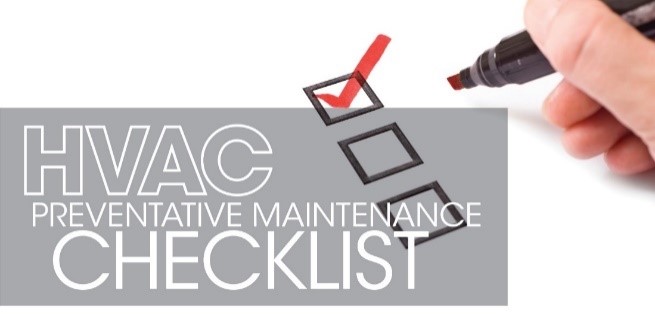
There are signs everywhere now – cool mornings, less daylight, leaves changing colors, football games, etc. That can only mean that winter and cold weather is right around the corner. As a follow-up to my earlier blog post about some ways to prepare your building for summer, this is an opportune time to talk about the flip-side of preparing your HVAC equipment and other systems for the upcoming winter season. The fall season is a great time to check for heating maintenance items and identify potential problems that may lead to operational issues in the heating season or higher energy costs due to inefficient equipment operation.
In order to make sure that your equipment operates at peak efficiency and performance, the following are a few of the top ways to get your systems ready for the heating season.
1. Inspect Rooftop Units and HVAC Systems
- Clean leaves (especially after trees lose their leaves this fall) and other debris from cabinets and coils
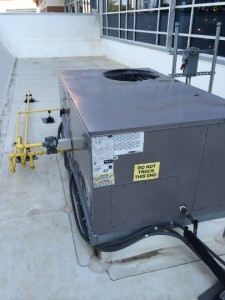
- Inspect ignition system, safety controls, and gas pressure; adjust as needed
- Check for gas leaks; inspect burner assembly and clean and adjust as needed
- Inspect heat exchanger or electric heating elements
- Check fan motors and blades and compressors for wear/damage; adjust belt tension if needed
- Make sure to change air filters on a regular basis
- Inspect air-handling system outside air dampers for proper minimum ventilation air and operation during the heating season
- As your facility transitions into the heating season, make sure that any cooling equipment that is not needed is properly shut down
- Check proper operation of heat tracing and basin heaters for cooling towers to prevent the potential for freezing
- If cooling towers are not needed, winterize towers by properly draining the towers and exposed piping; shut off and drain make-up water
- Perform system tune-up on boiler systems to ensure that all components are functioning properly; keep up to date on all manufacturer recommended boiler maintenance and safety checks
2. Check Indoor Gas-Fired Furnaces
- Check for gas leaks in furnaces
- Inspect flue system (exhaust); make sure attached properly to the furnace and identify dislocated sections; inspect for corrosion; make sure vents are not blocked
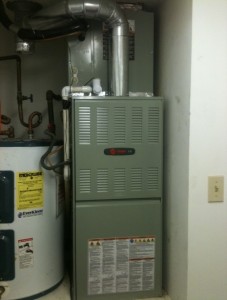
- Schedule maintenance by an HVAC technician
- Inspect/clean/adjust burner assembly
- Check for correct gas pressure
- Inspect/adjust ignition system and safety controls
- Inspect heat exchanger for proper operation
- Make sure to change air filters
- Check temperatures (both space temperature and supply air temperature)
3. Don’t Forget About Insulation and Infiltration
- Check for proper insulation and R-value (the higher the R-value, the better the insulation); add additional insulation as needed
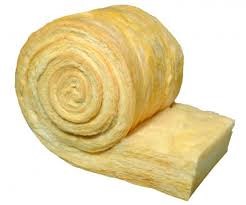
- Consider adding additional insulation to ceilings in colder climates
- Inspect hot water and steam pipes for insulation; add insulation where missing or defective
- Provide weather stripping and caulking for gaps around building openings
- Make sure air handling systems are balanced and building pressure is appropriate
- Make sure HVAC schedules and set points are appropriate; space temperature set points should be lower for heating season than cooling season
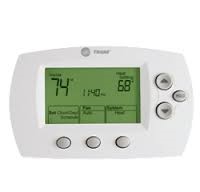
- Set temperatures lower (set back) when spaces are unoccupied
- Reduce simultaneous heating and cooling
- Install programmable or Wi-Fi thermostats if not already in place
As a bonus tip, make sure to turn off the main irrigation system valve during the off-season to prevent freezing pipes and potential leaks. It may sound like a lot, but allowing time to go through this checklist this time of year can save you a lot of headaches, potential problems, and energy costs down the road. Taking a proactive approach to HVAC preventative maintenance before cold weather arrives to stay is the best path to both a more trouble-free winter and lower energy bills.